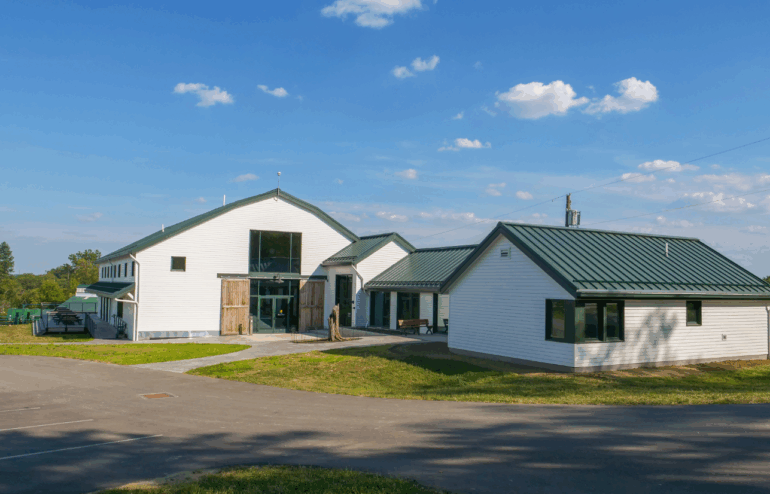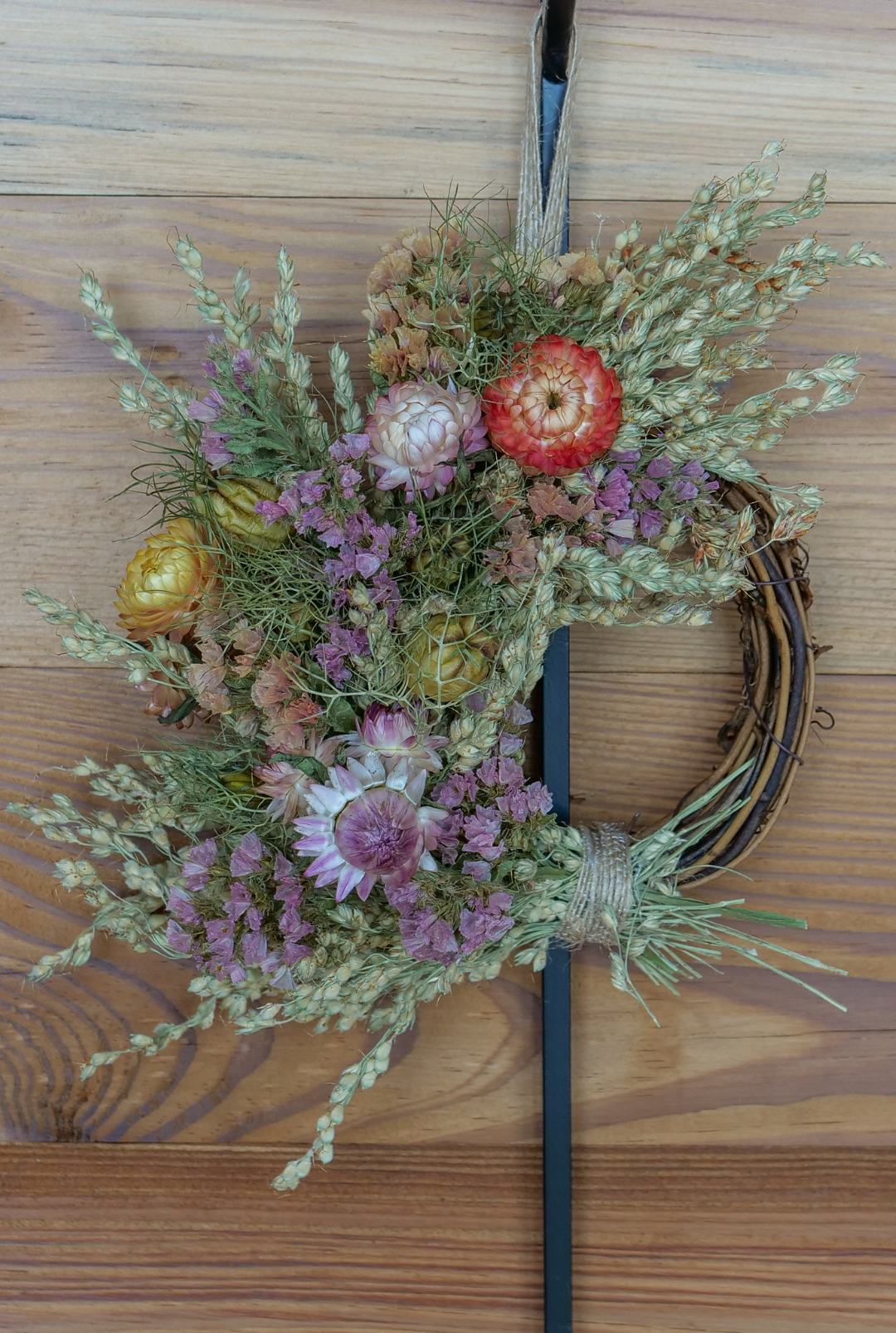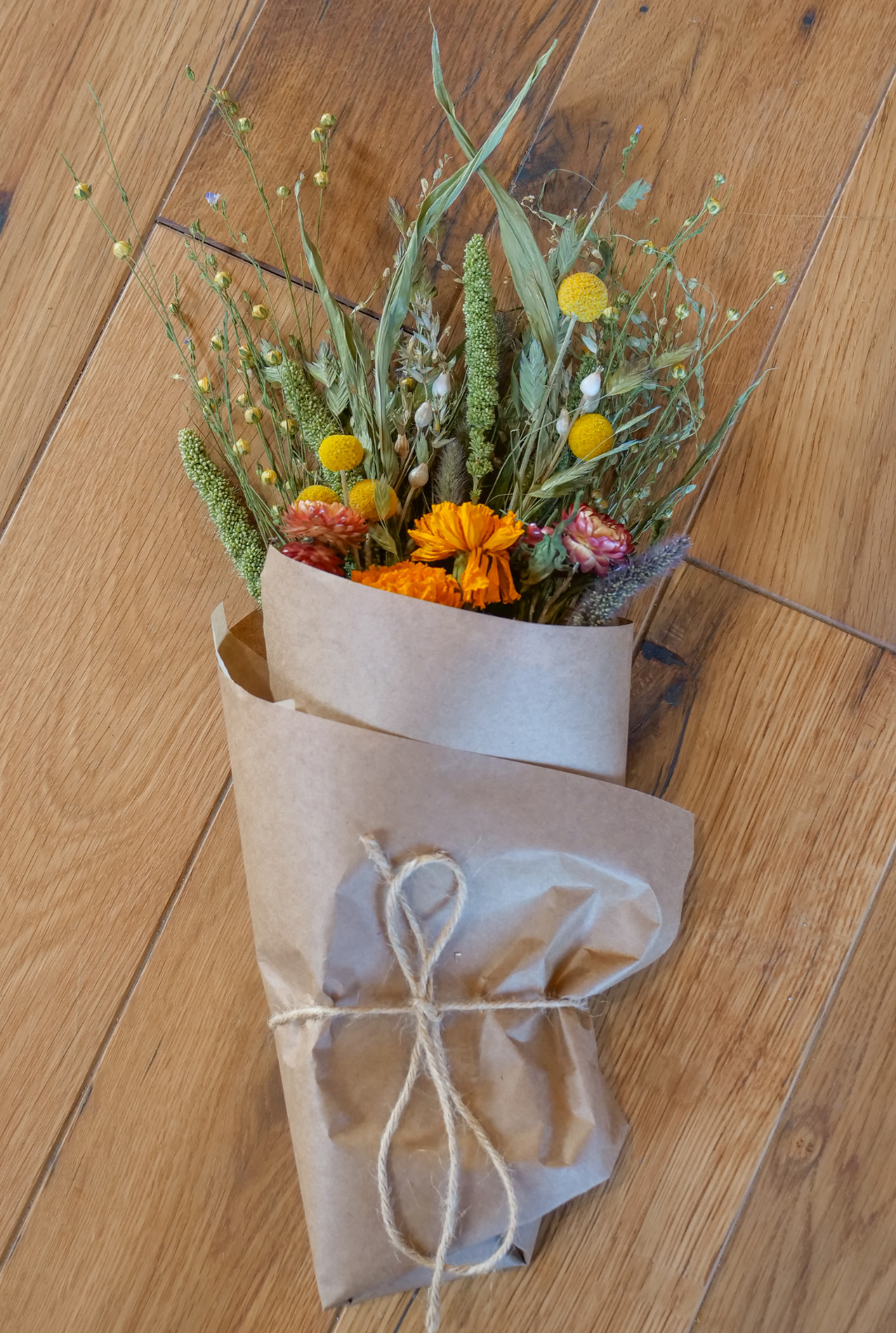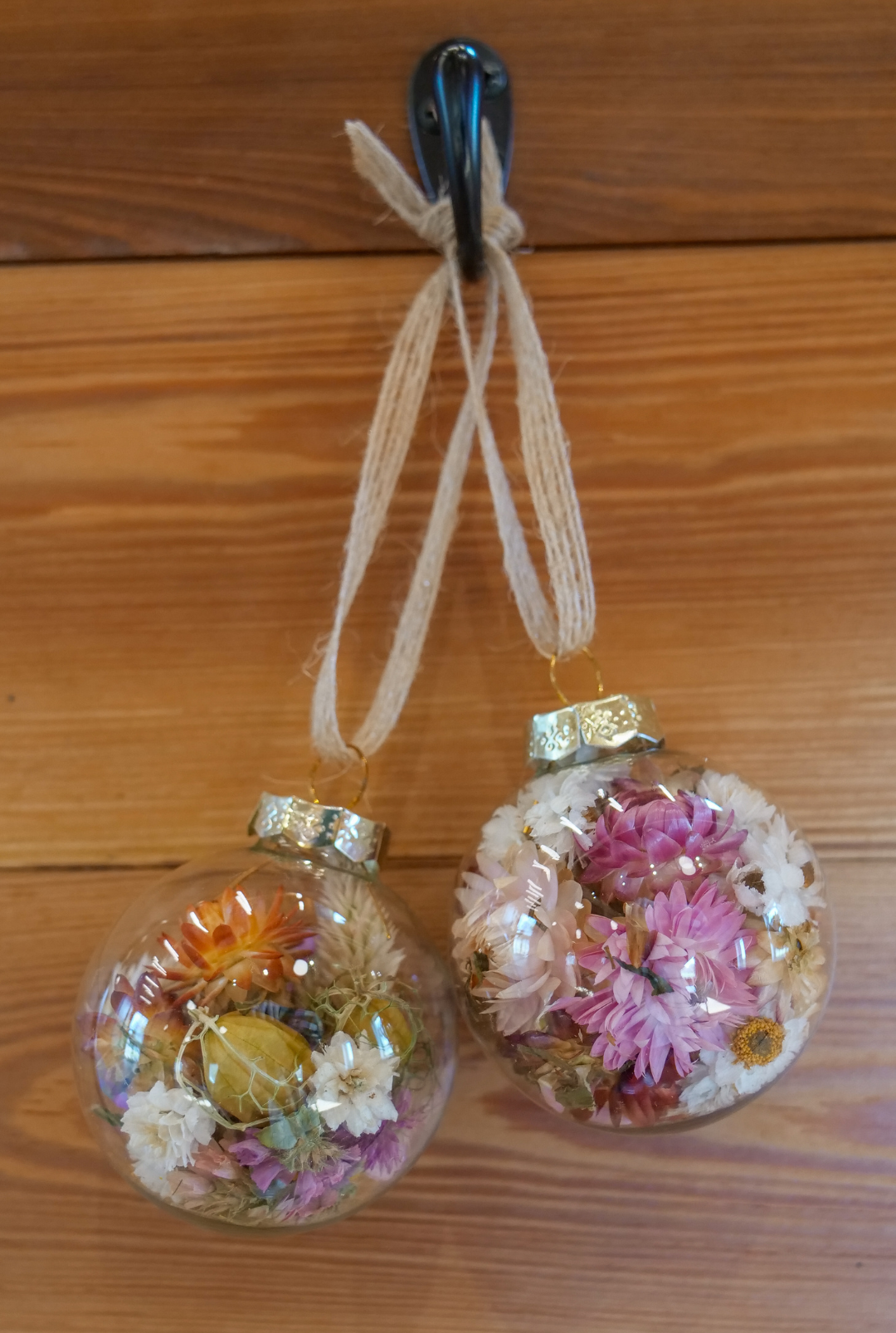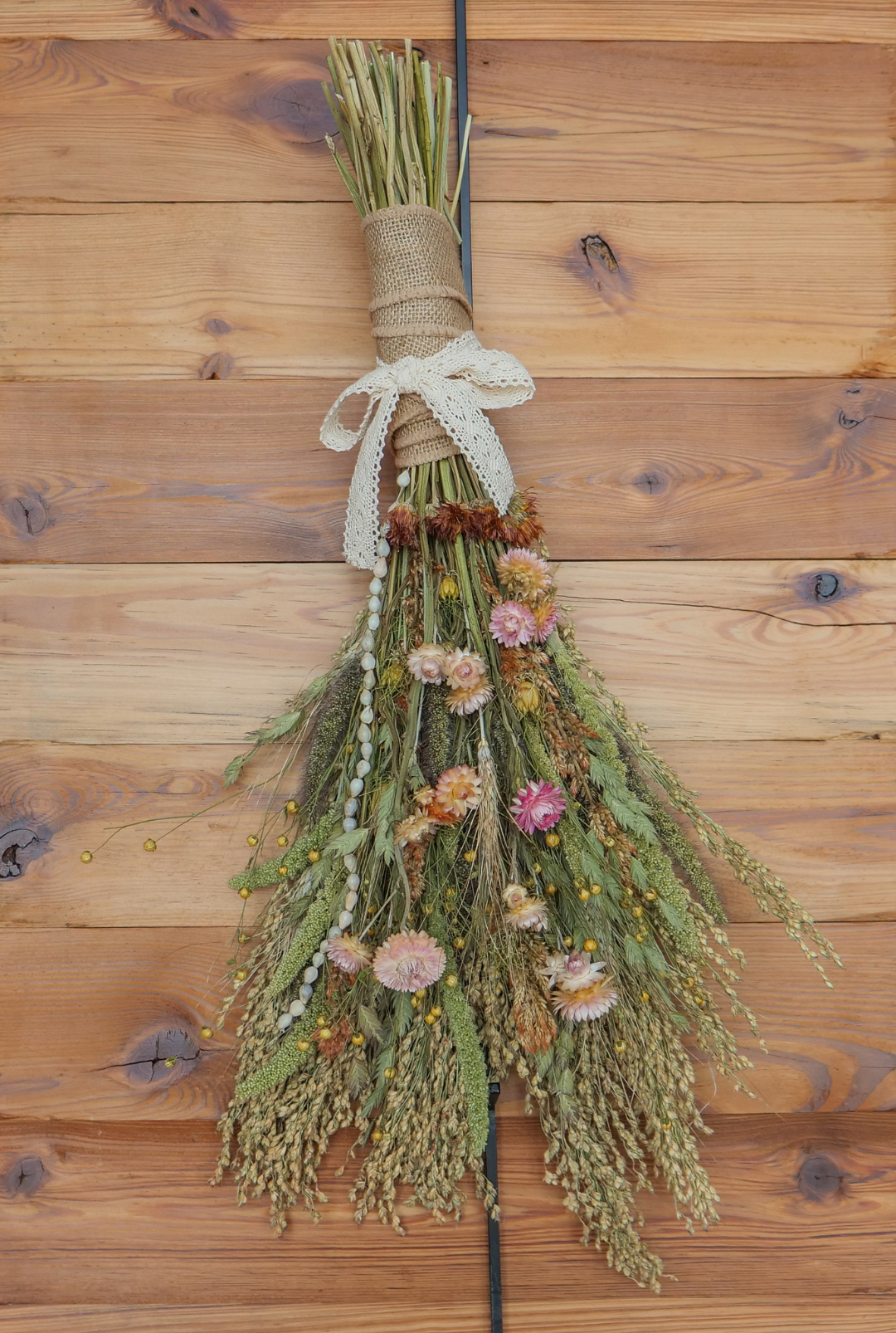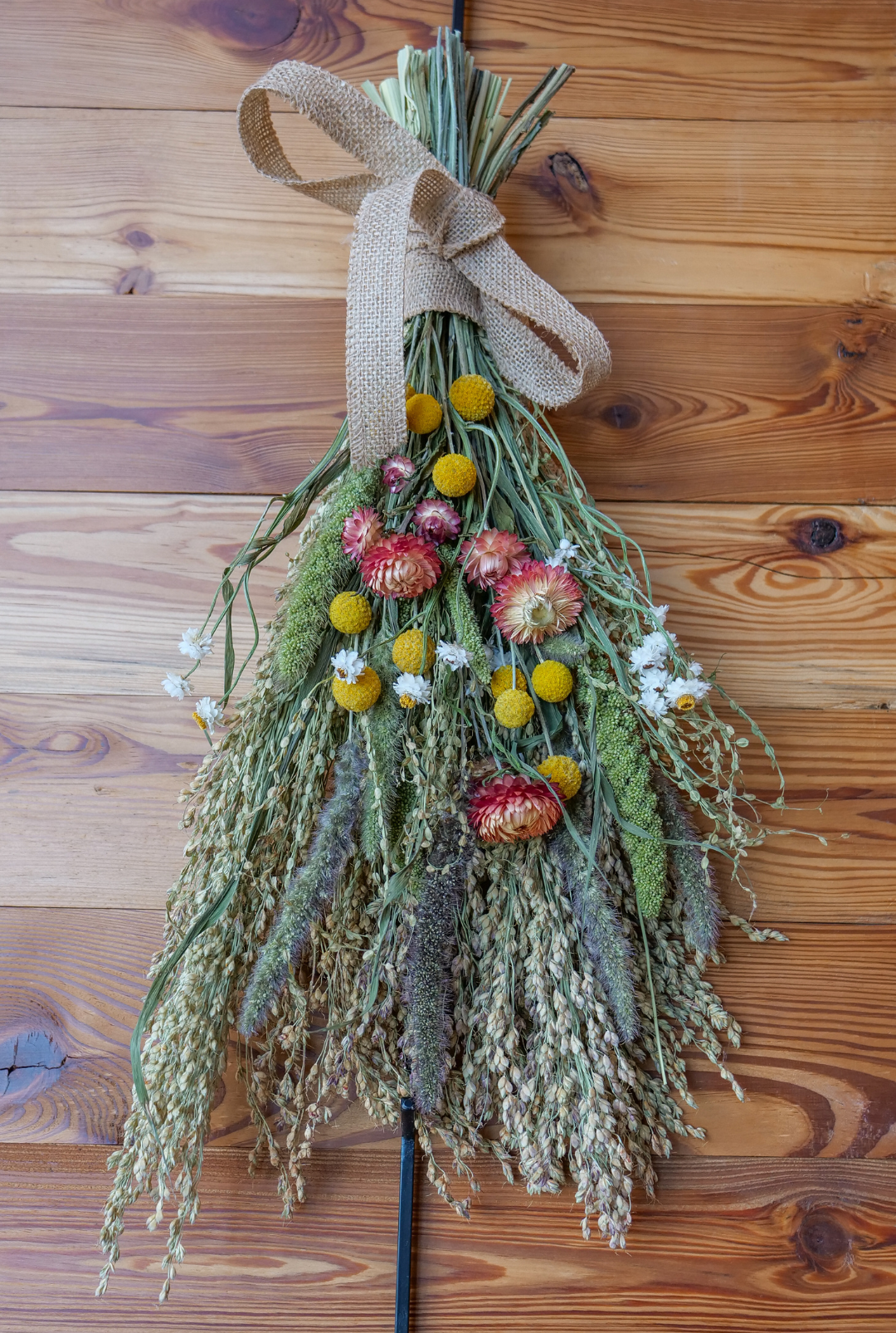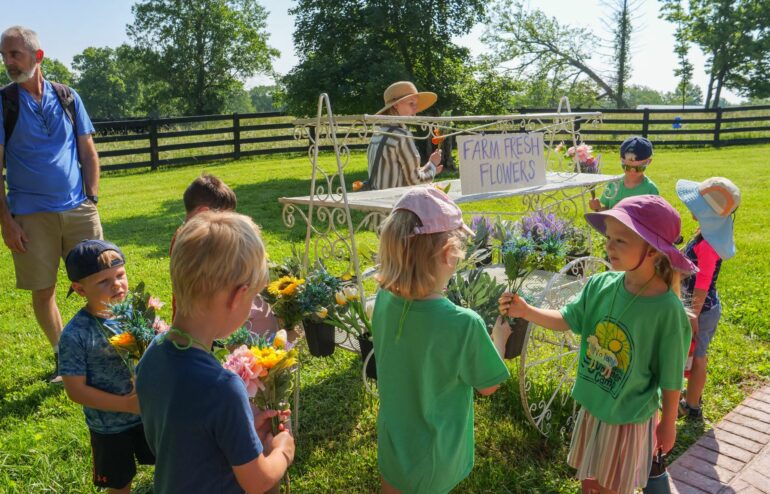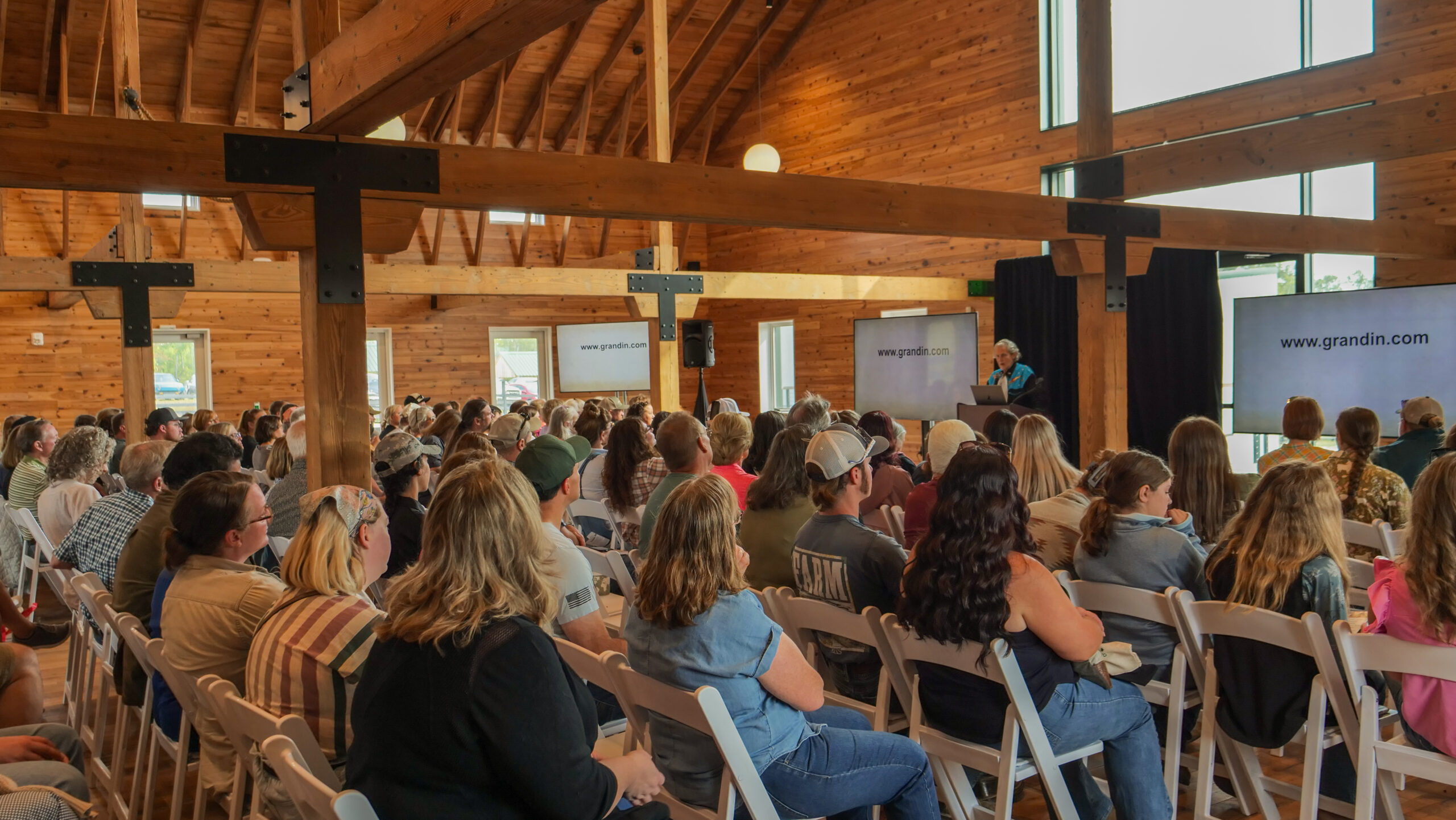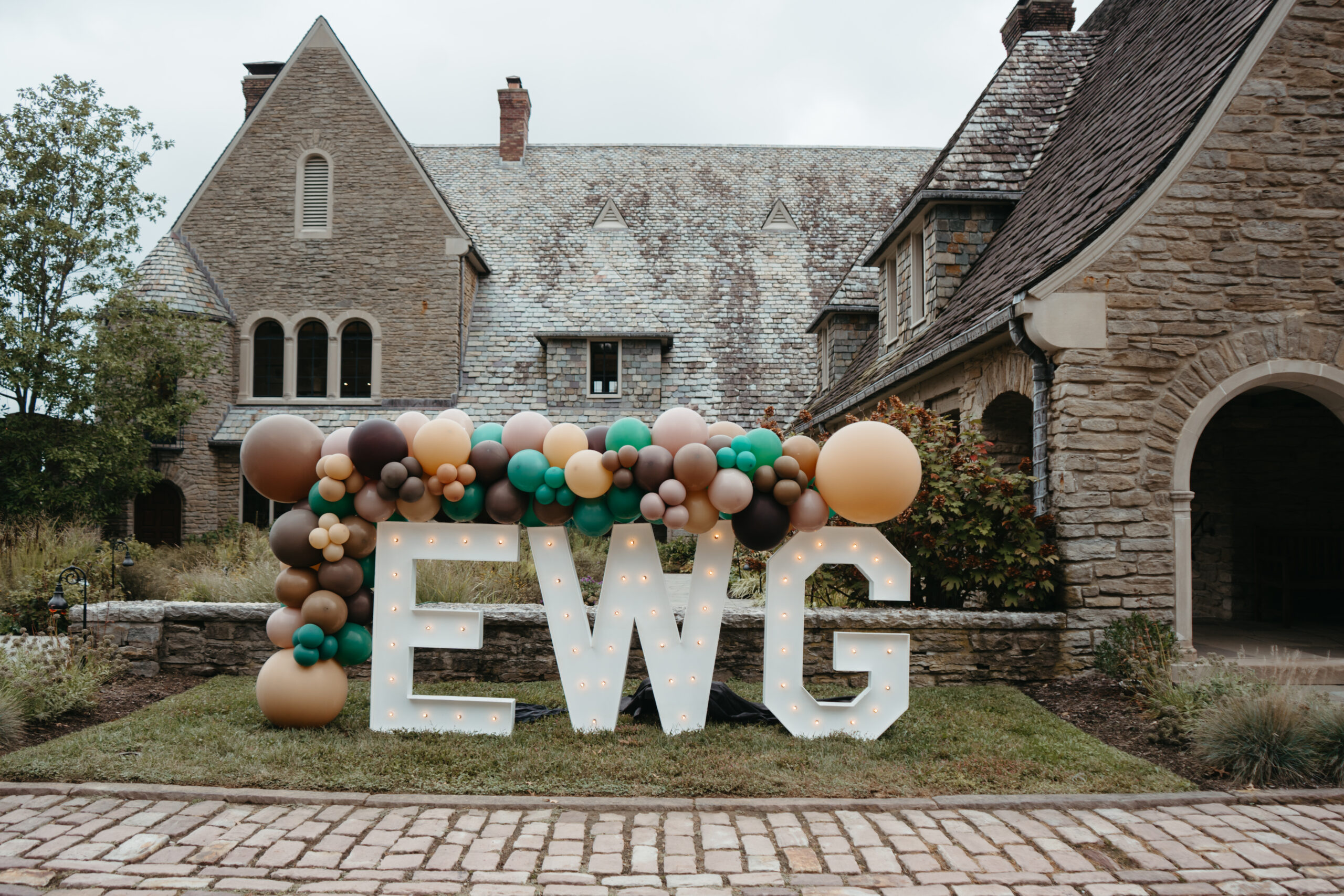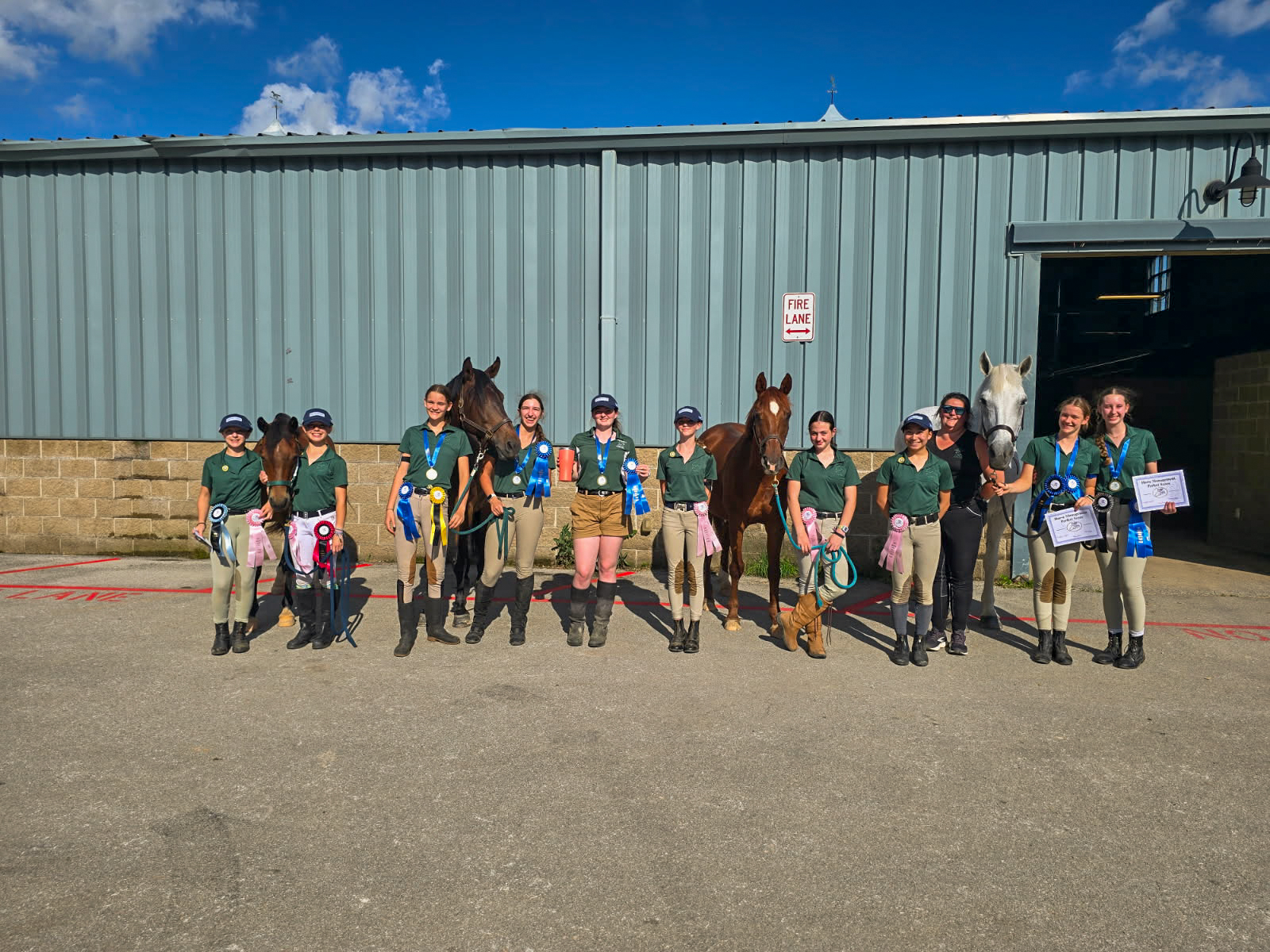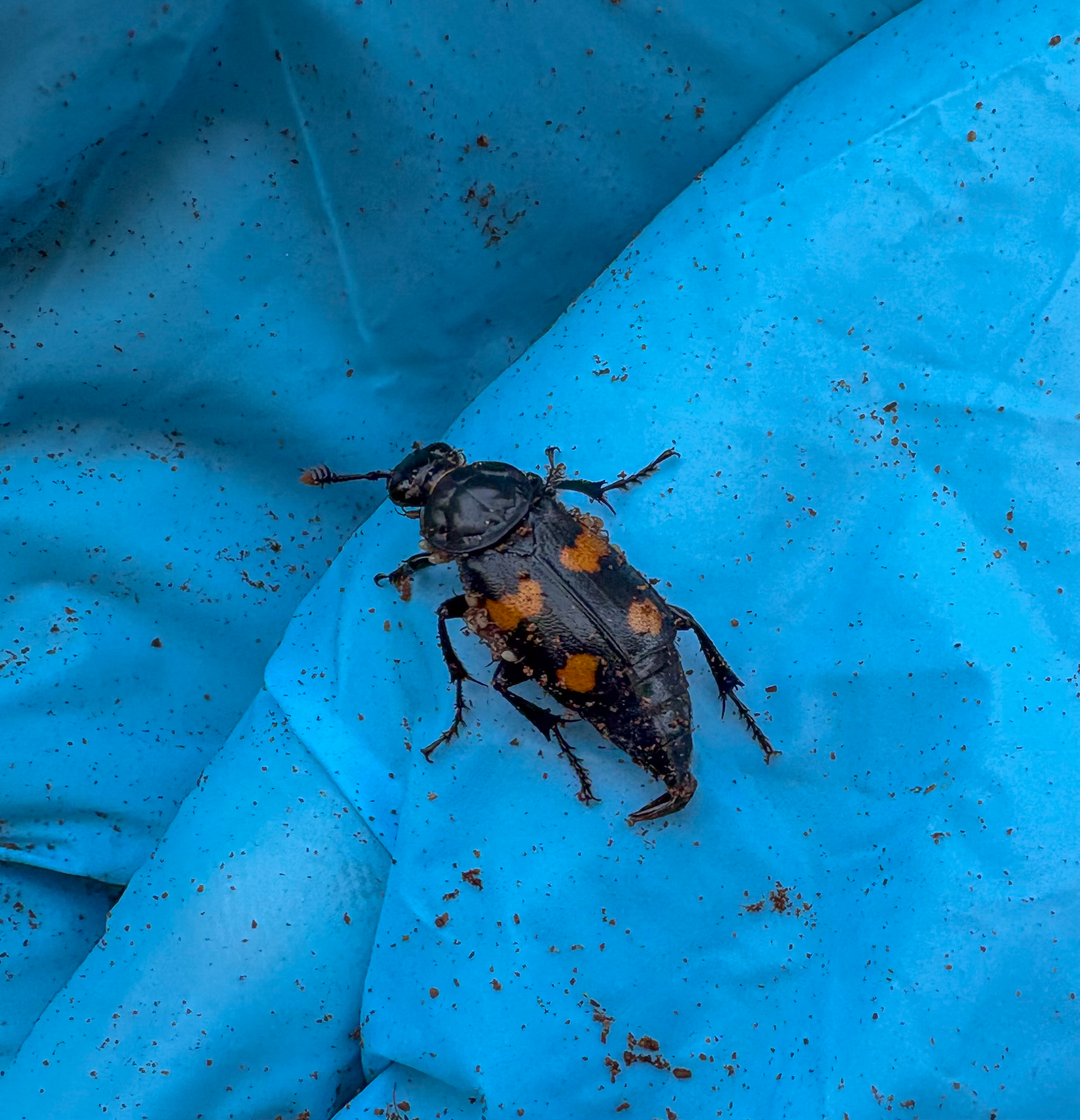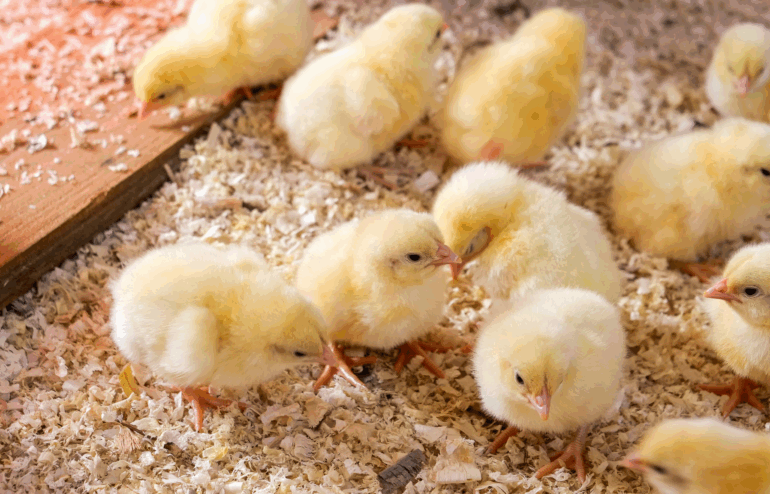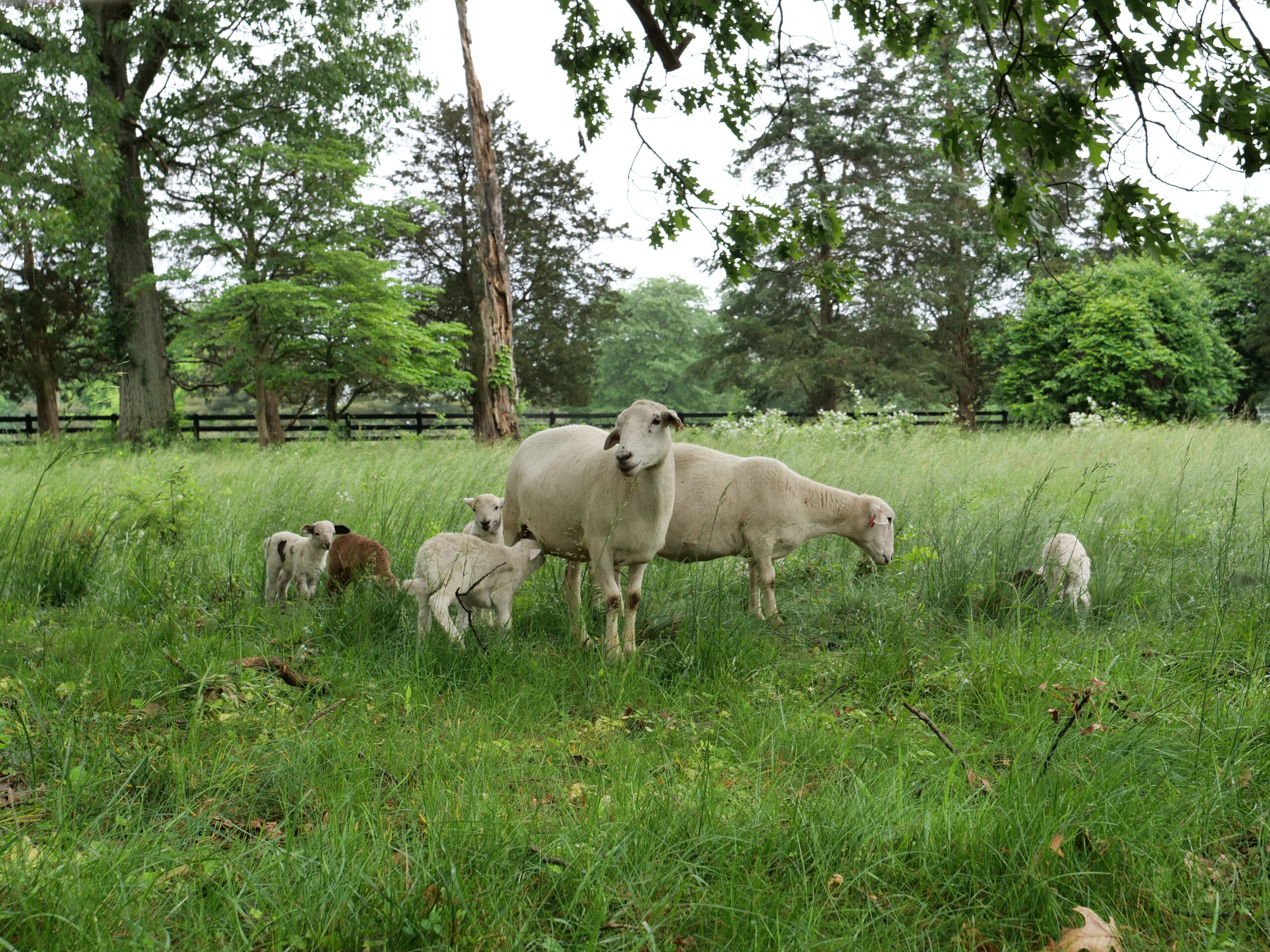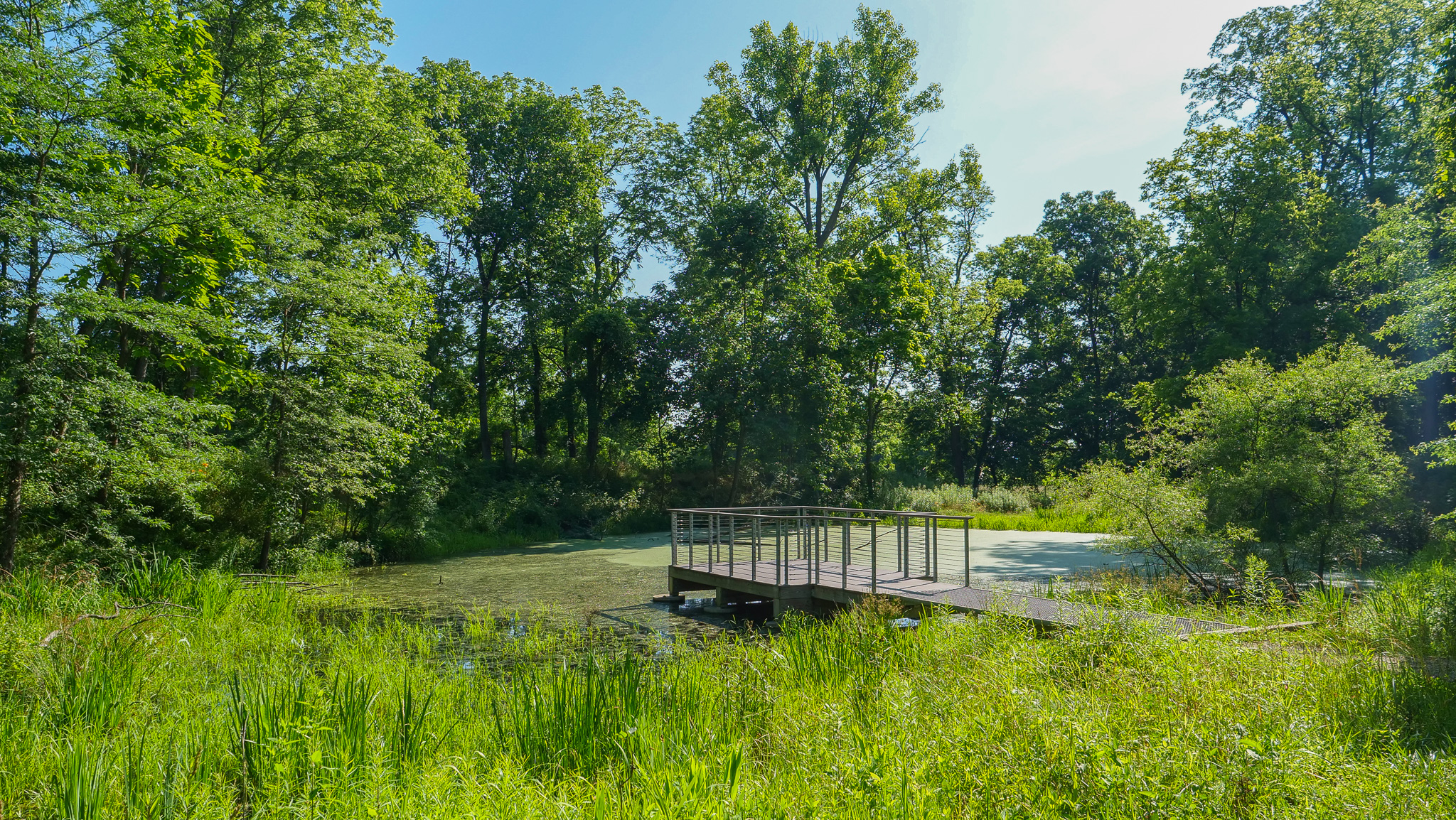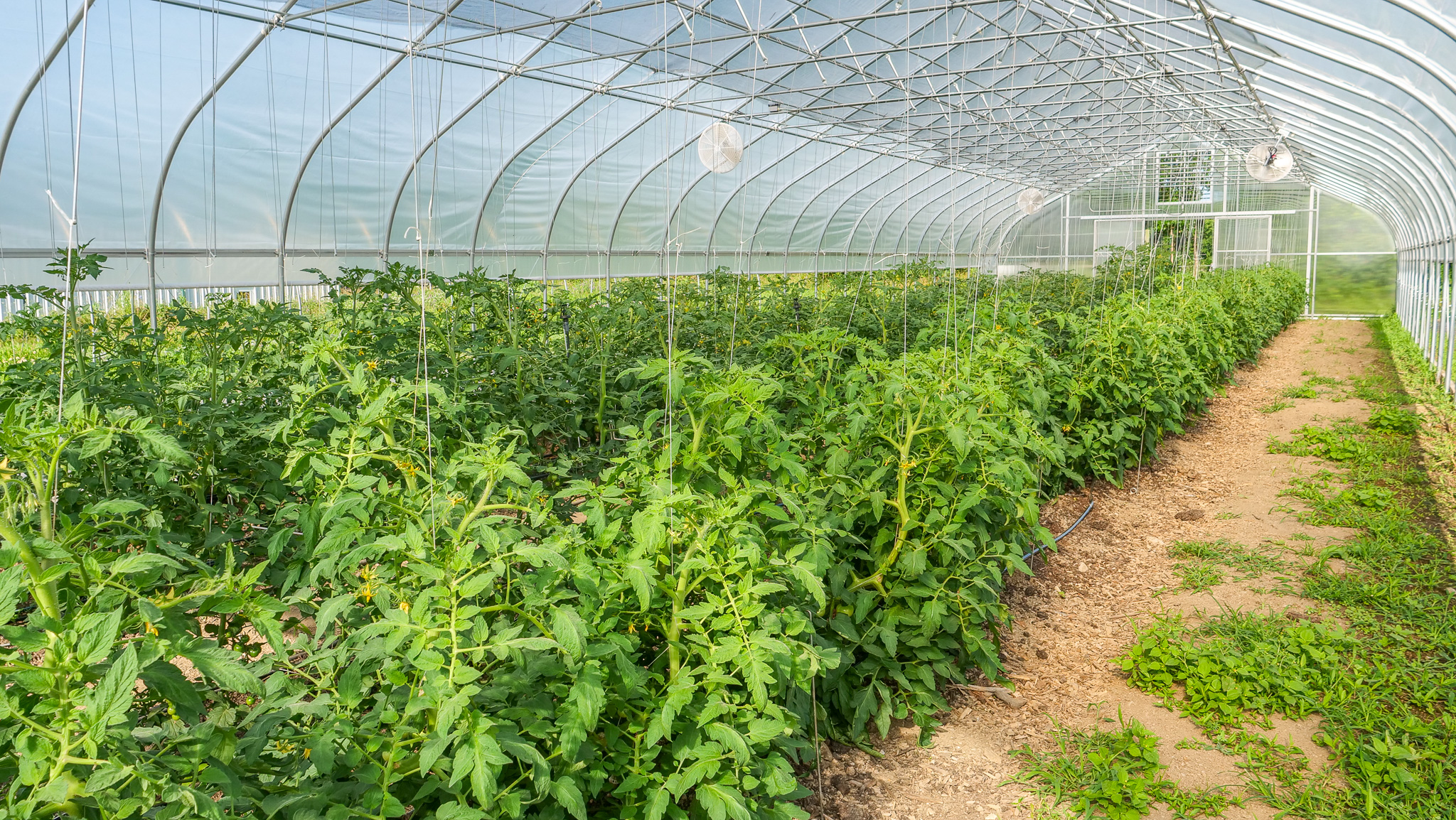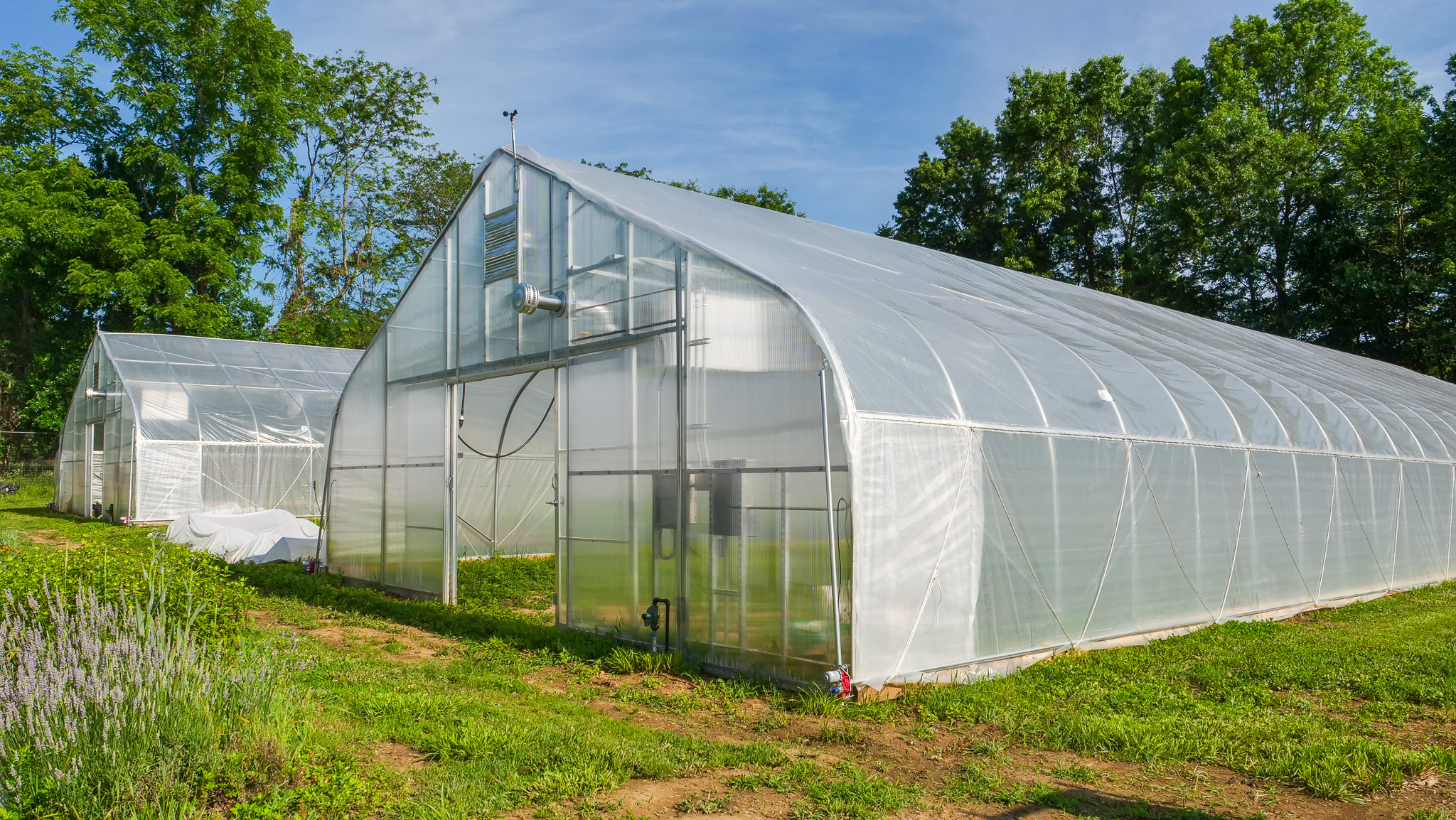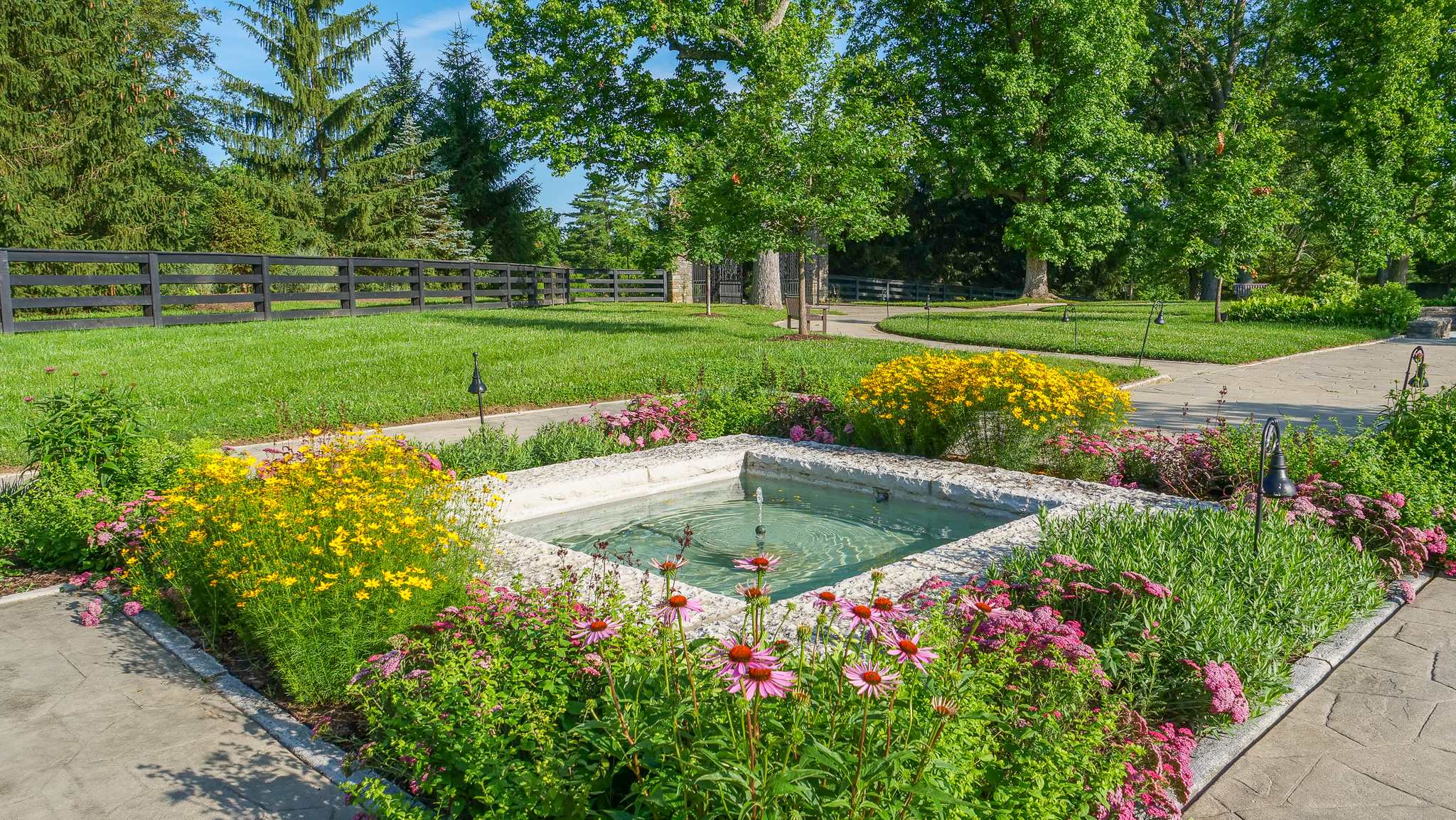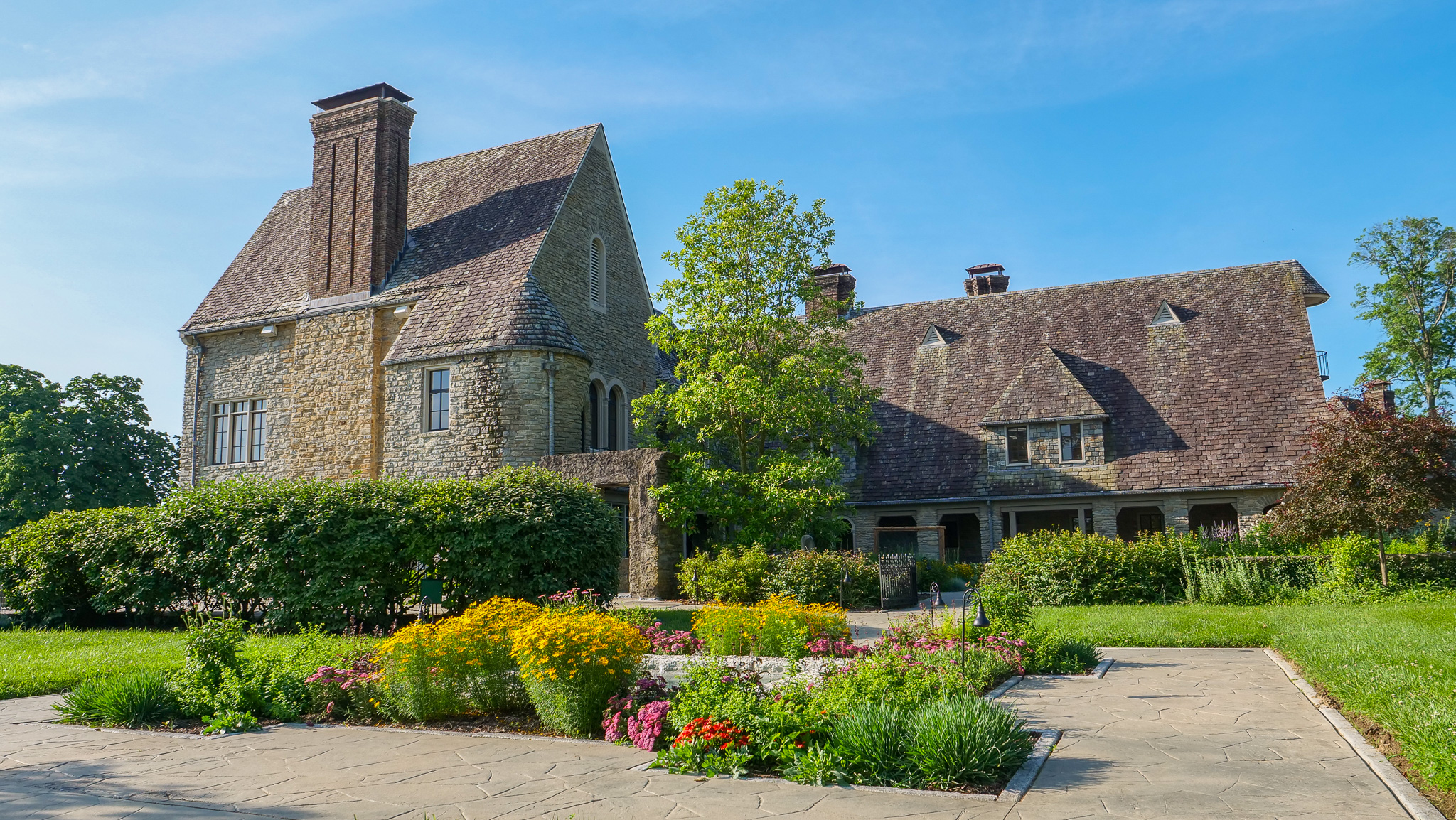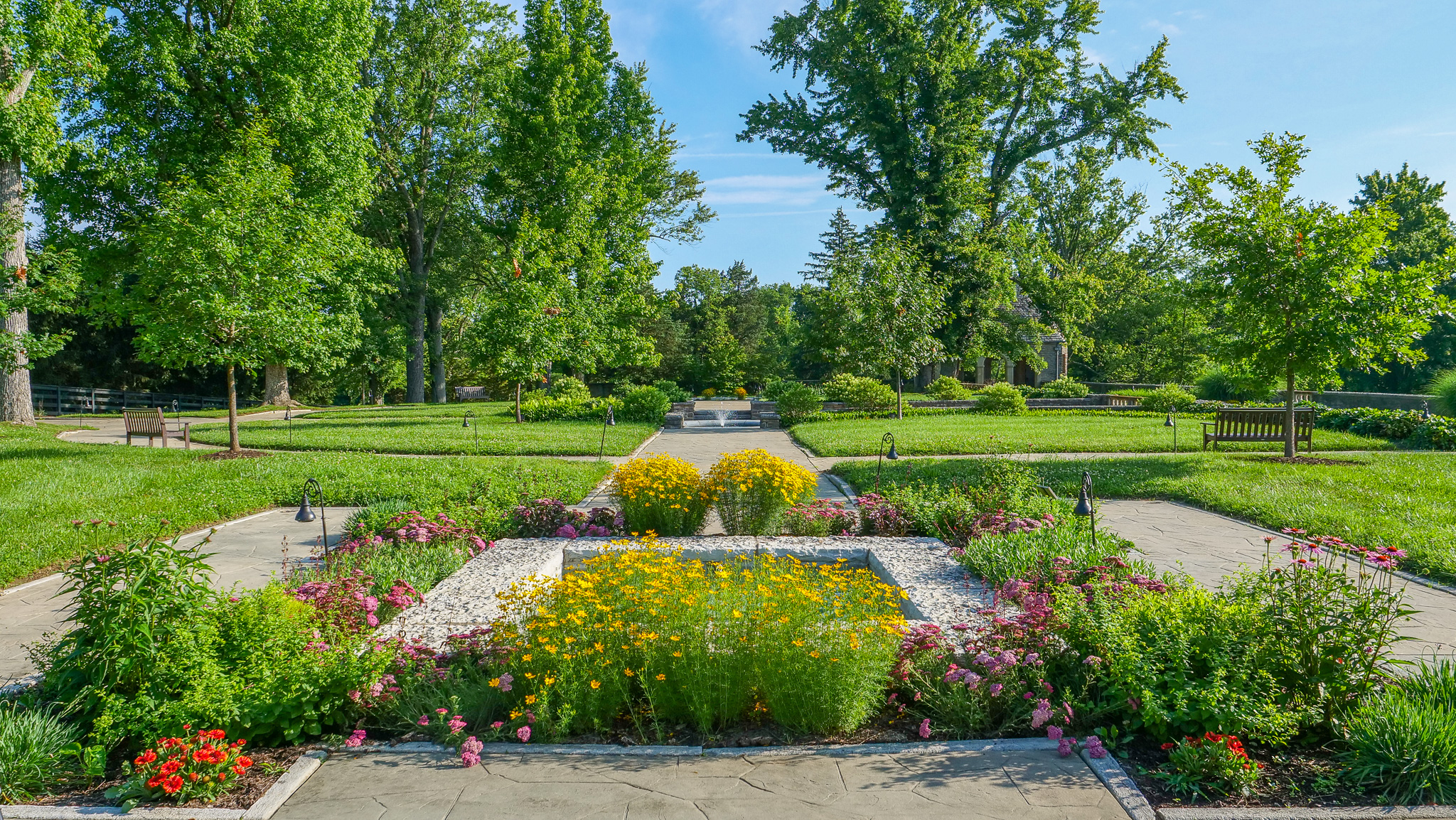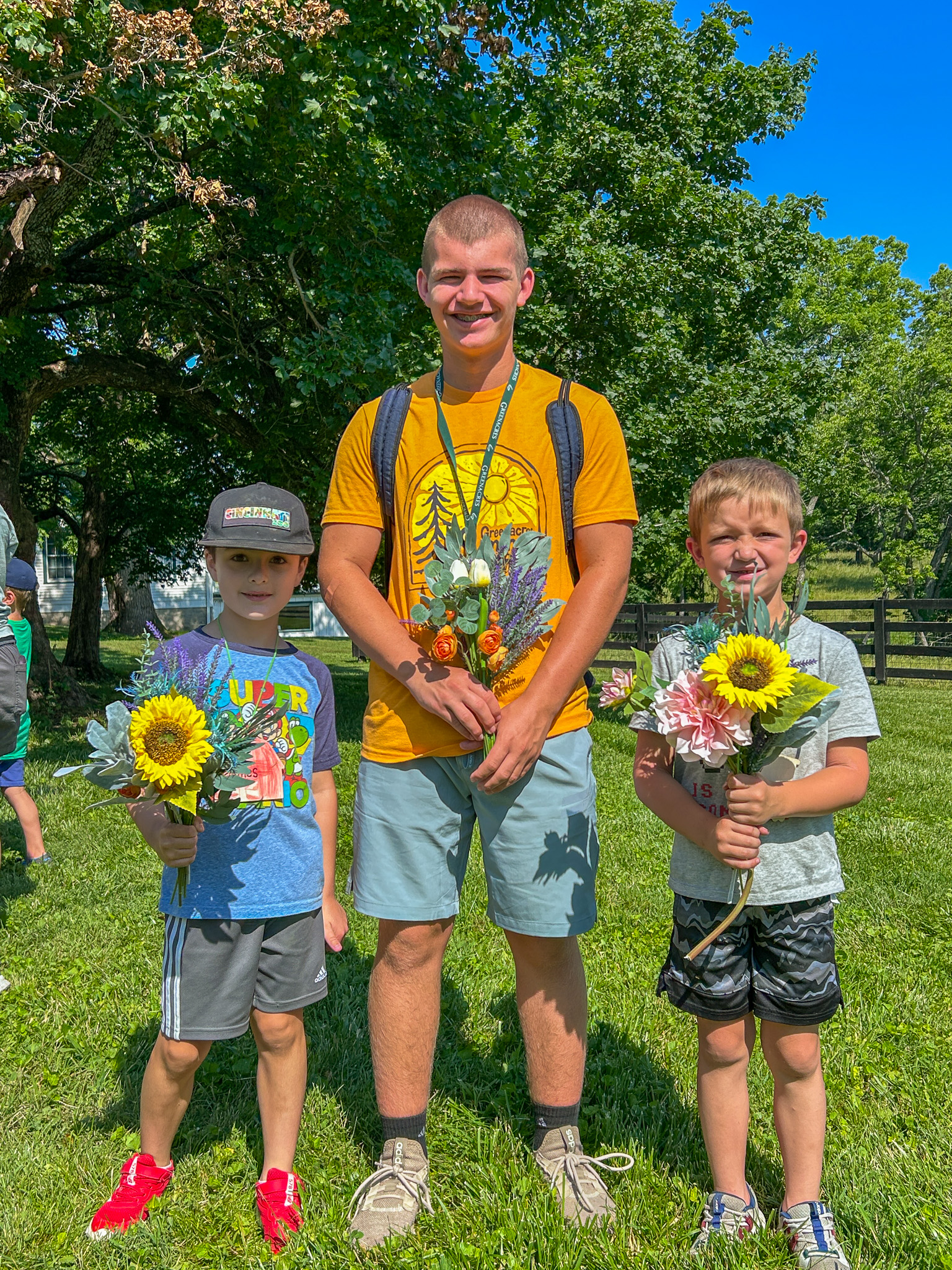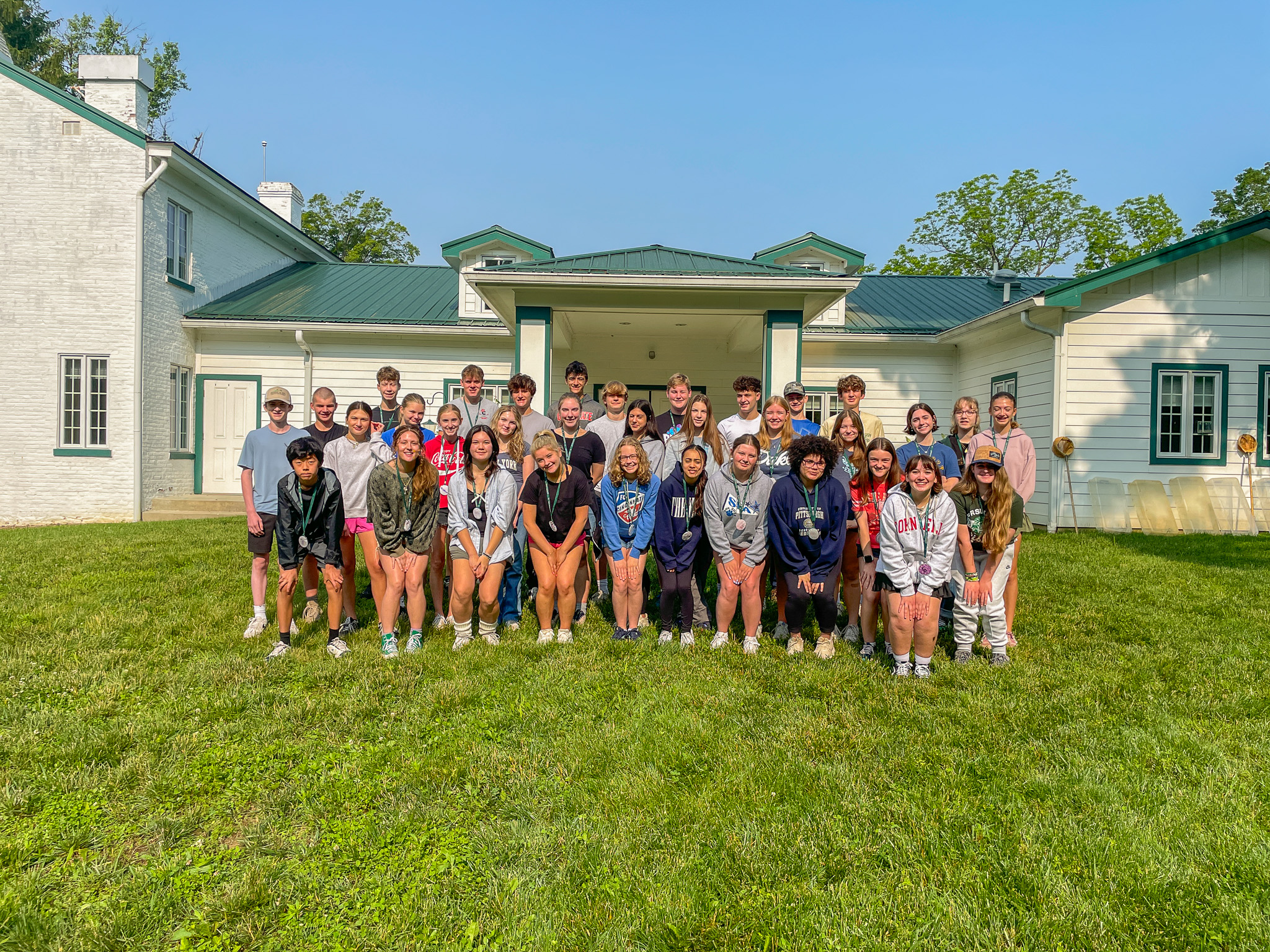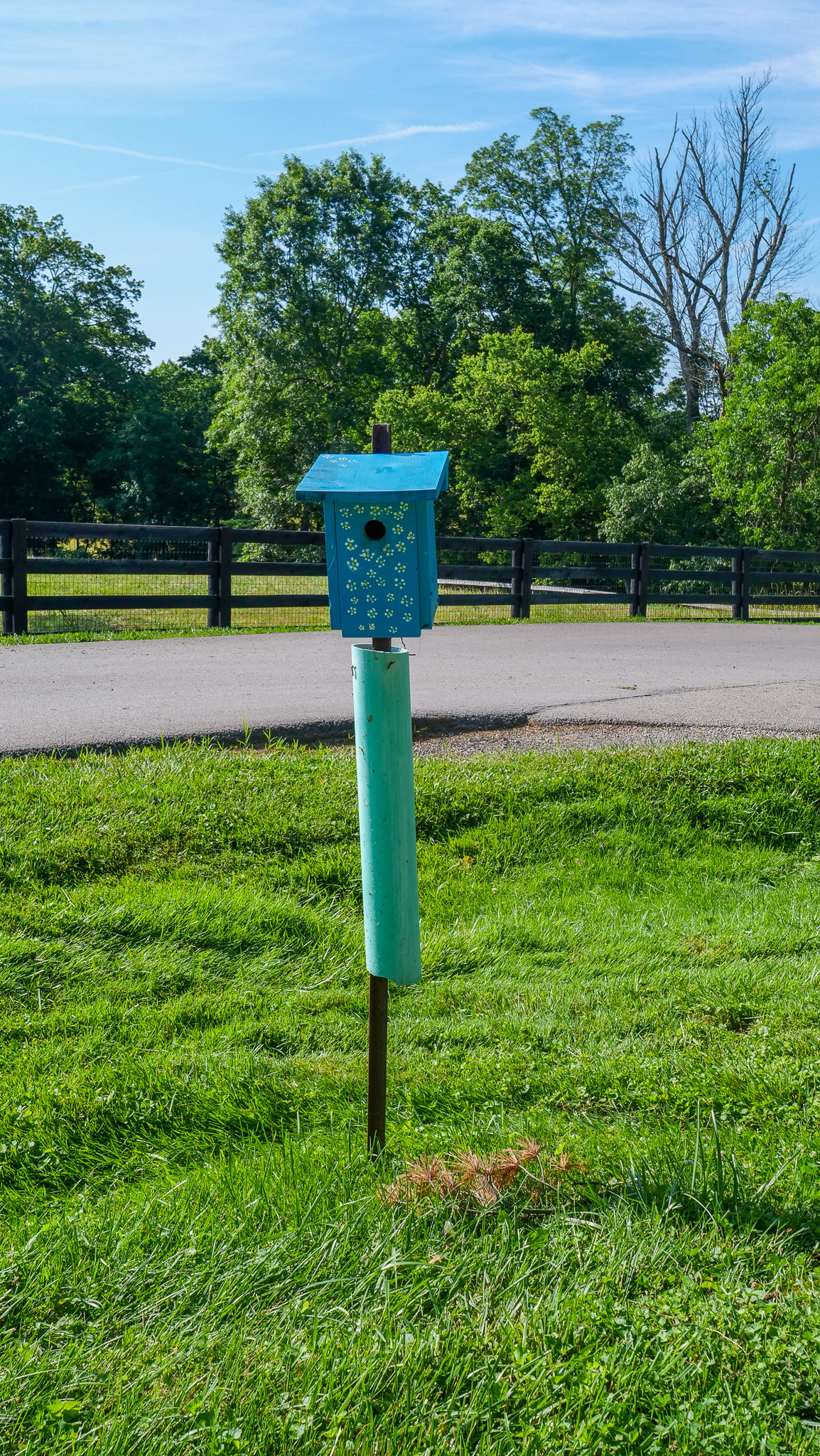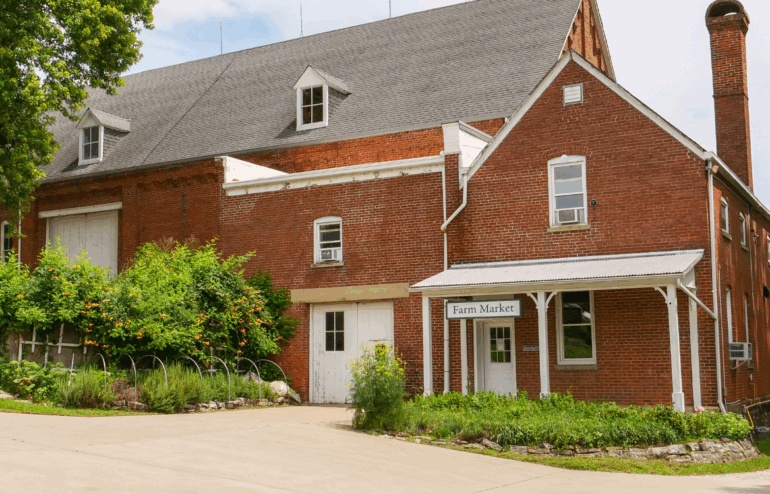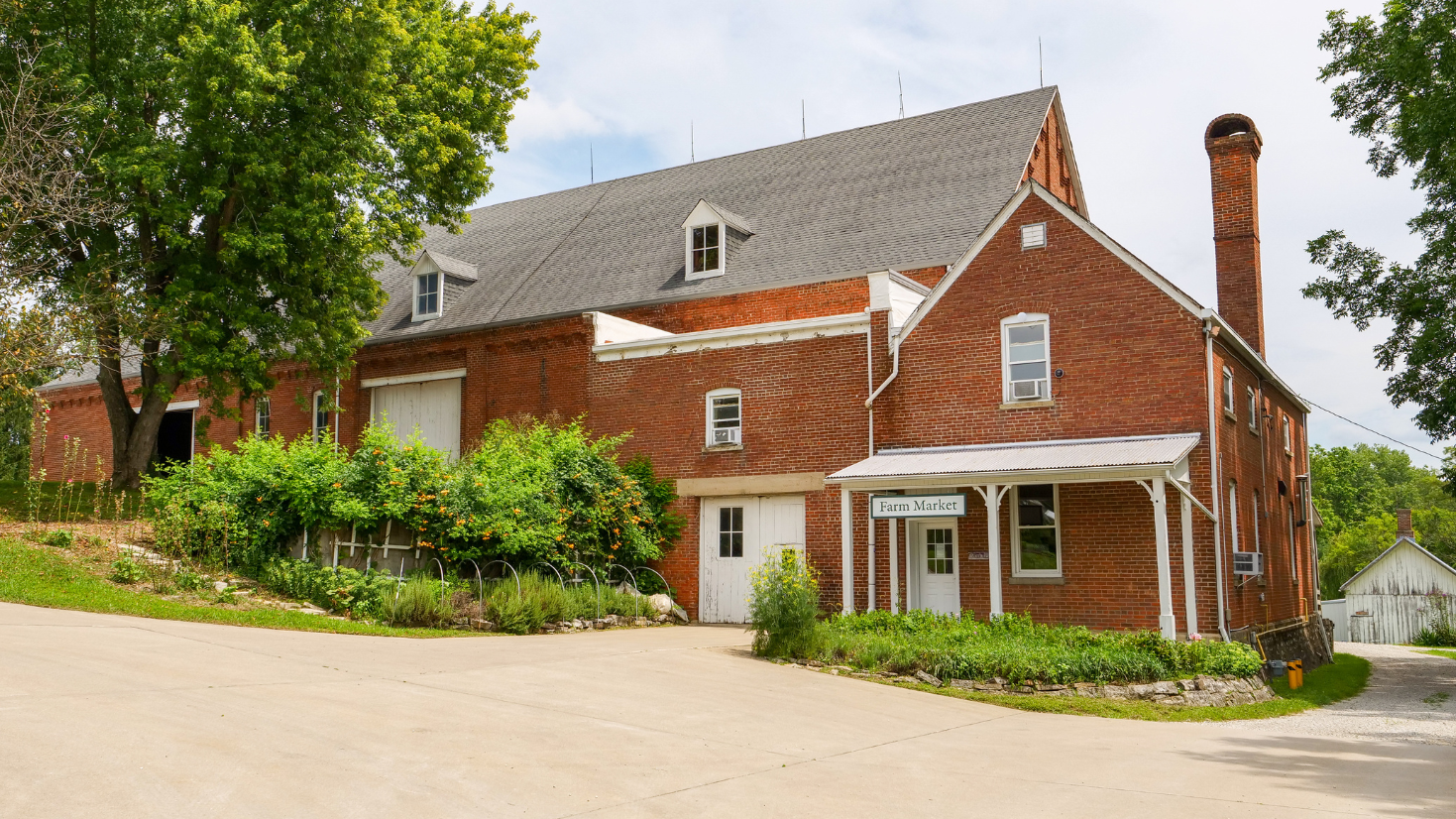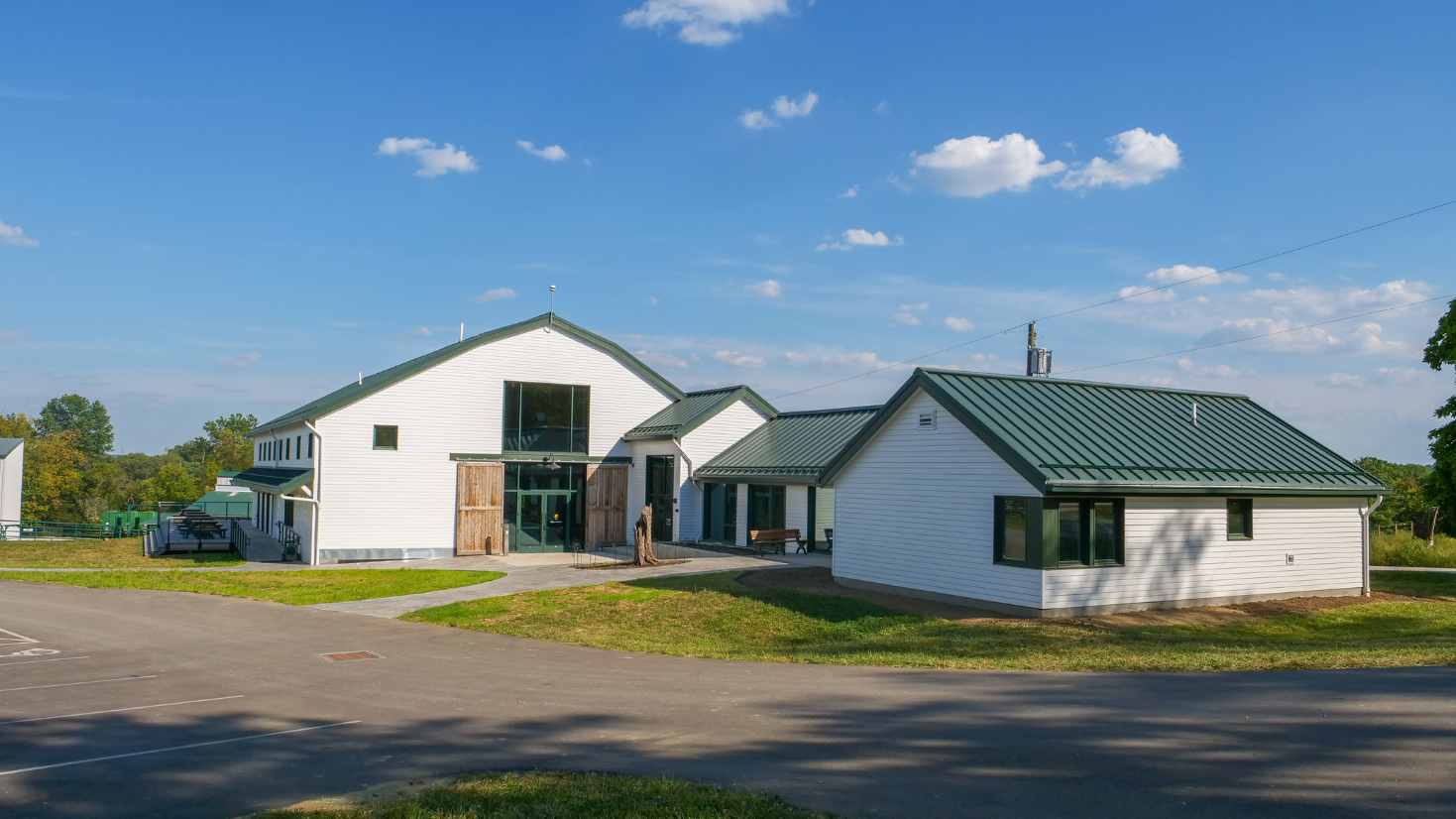
Indian Hill Product Availability
We are located at Greenacres Nippert Barn: 8300 Spooky Hollow Road, Cincinnati, OH 45242
You may shop in store or order in advance
Email us at farm@green-acres.org
or call us at 513-891-4227 then press extension 1
Regular Market Hours:
Tuesday – Friday: 10 am – 5 pm
Saturday: 9 am – 2 pm
Sunday – Monday: closed
Holiday Market Hours:
The Farm Market will be open normal hours except for the following changes:
Wednesday, Dec 24 – Friday, Dec 26: Closed
Wednesday, Dec 31: 10 am – 3 pm
Thursday, Jan 1: Closed
Regular hours resume Friday, Jan 2 (10 am – 5 pm).
100% Grassfed, Grass Finished Angus Beef
Please note: All of our meats are frozen. All items sold as packages weigh roughly 1 pound.
- Arm Roast ($8.50/lb)
- Back Ribs ($9/lb)
- Brisket ($9/lb)
- Chuck Roast ($8.50/lb)
- Ground Beef ($8.50/lb)
- Hanger Steak ($15/lb)
- NY Strip Steak ($22/lb)
- Ribeye Steak ($22/lb)
- Rump Roast ($10/lb)
- Shank ($8/lb)
- Short Ribs ($9/lb)
- Sirloin Steak ($12/lb)
- Sirloin Tip Roast ($11/lb)
- Skirt Steak ($12/lb)
- Stew Meat ($10/lb)
- Tri Tip ($14/lb)
Beef Offal:
- Bones ($5/lb)
- Heart ($7/lb)
- Kidney ($5/lb)
- Liver ($6/lb)
- Oxtail ($9/lb)
- Suet ($3.50/lb)
- Tallow ($18 per quart)
- Tongue ($5/lb)
Woodland Raised Pork
- Bacon (jowl, slices $12/lb)
- Loin Chops (bone-in $12/lb)
- Ham (whole average 7-12 lbs $8/lb)
- Ham Hocks ($6/lb)
- Ribs (baby back $14/lb)
- Sausage Bulk (SF Sage $7.25/lb)
Pork Offal:
- Caul Fat (lacy net of fat, try wrapping around a lean cut like a loin roast or a whole chicken, to baste while roasting! $6/lb)
- Liver ($4/lb)
- Rendered Lard ($18 per quart)
Pasture Raised Turkey
Pasture Raised Chicken
- Backs ($3/lb)
- Stewing Hens ($3.50/lb)
- Whole Chicken (heritage $5/lb)
Eggs
Pricing is available in-store.
Our hens live outdoors on pasture in a fully mobile chicken coop that is regularly moved to fresh grass. They receive a corn- and soy-free supplemental feed, ensuring high-quality, nutrient-rich eggs. You can find our Pasture Raised Eggs in the Farm Market — and to learn more about our mobile chicken coop, click here to see a video!
Vegetables
- Cabbage (green, purple, savoy, tender sweet $2/lb)
- Fennel ($4/each)
- Garlic ($7/lb)
- Kohlrabi ($4/lb)
- Napa Cabbage ($6/each)
- Red Radish ($3.50/pkg)
- Turnips ($4/lb)
- Winter Squash ($2/lb)
Root Vegetables
- Beets (red $4/lb)
- Carrots ($6/lb)
- Onions ($2/lb)
- Sweet Potatoes ($3/lb)
Leafy Greens and Herbs
- Rainbow Chard ($4 per 1/2lb)
- Fresh Herbs (rosemary $3/each)
- Herb Bundle ($5/each)
- Microgreens (pea shoots $4/each)

